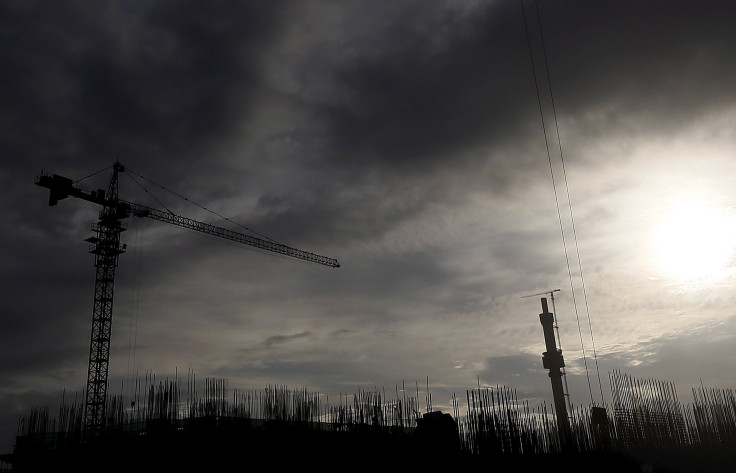World Bank Trims East Asia Growth Forecast As China Worries Drag Down Economies

The World Bank cut its growth forecast Tuesday for the East Asia-Pacific region, as a sharp economic slowdown in China, drop in global commodity prices, and the prospect of an imminent rate hike by the U.S. Federal Reserve continues to drag down the developing region’s economies. The World Bank now expects the region to grow at a rate of 6.5 percent in 2015 and 6.4 percent in 2016 -- down from an earlier prediction of 6.7 percent for both years.
“Developing East Asia’s growth is expected to slow because of China’s economic rebalancing and the pace of the expected normalization of U.S. policy interest rates,” Sudhir Shetty, chief economist of the World Bank’s East Asia and Pacific Region, said in a statement. “These factors could generate financial volatility in the short term, but are necessary adjustments for sustainable growth in the long term.”
The latest estimate is even lower than the 6.8 percent growth the region registered last year. East Asia currently accounts for two-fifth of the world’s economic growth.
The World Bank now expects China to grow 6.9 percent this year, before falling to 6.7 percent and 6.5 percent in the next two years. This forecast is roughly in line with the one made last month by the Asian Development Bank, which said that the world’s second-largest economy is expected to grow by 6.8 percent this year -- below the government’s target of 7 percent -- and by 6.7 percent in 2016.
The rest of East Asia, meanwhile, is expected to grow 4.6 percent in 2015 -- similar to last year’s rate. However, commodity exporters such as Indonesia, Malaysia and Mongolia are likely to see a slowdown in growth.
Moreover, with an increase in interest rates in the U.S. -- a move that is likely to happen in the coming months -- the availability of external financing for the region is expected to decrease, further hitting economies in the region.
“While this increase has been anticipated and is likely to be orderly, there is still a risk that markets could react sharply to such tightening, causing currencies to depreciate, bond spreads to rise, capital inflows to fall, and liquidity to tighten,” the World Bank said in the statement.
© Copyright IBTimes 2024. All rights reserved.












